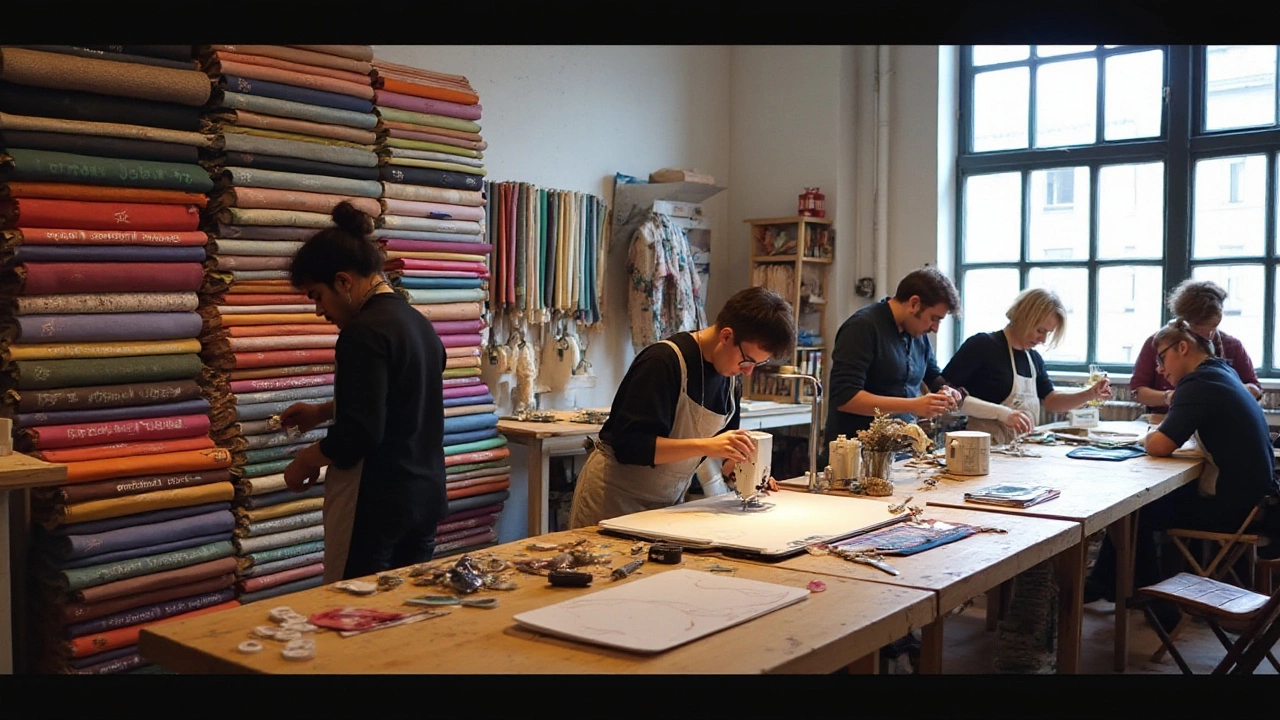Ethical Clothing Made Simple: Your Go‑To Guide
Want to look good and feel good about what you wear? Ethical clothing isn’t a mystery—it's about checking a few facts before you click ‘add to cart.’ From material choices to factory practices, a quick scan can tell you if a brand is actually green or just green‑washed.
Spot the Real Sustainable Materials
Start with the fabric label. Organic cotton, Tencel, hemp, and recycled polyester are the gold standards. They use less water, fewer chemicals, and often come from post‑consumer waste. If you see "conventional cotton" or "nylon" without a recycled claim, pause – the environmental impact is higher.
Check the Brand’s Transparency
Brands that hide their supply chain are a red flag. Look for detailed info on where the fibers are grown, who makes the garments, and what labor standards are in place. Websites that publish factory audits, fair‑wage policies, or third‑party certifications (like GOTS or Fair Trade) are usually trustworthy.
Our recent post "Best Sustainable Fashion Brands: Who Leads Ethical and Eco‑Friendly Style in 2025?" breaks down the top players that meet these criteria. If you’re curious about big names, the article on H&M’s 2025 sustainability report shows what to watch for – like transparent sourcing and real improvements vs. marketing hype.
Second‑hand shopping is another win‑win. Vintage stores, online resale platforms, and local thrift markets give clothes a second life, cutting the need for new production altogether. A well‑kept denim jacket can last decades if you treat it right.
Don’t forget care tips. Washing in cold water, line‑drying, and using gentle detergents extend a garment’s lifespan and lower its carbon footprint. Small habits add up – an extra 30 minutes of drying time might feel like a hassle, but it saves energy.
When you’re deciding between two similar items, ask yourself three quick questions:
- Is the material renewable or recycled?
- Does the brand disclose where and how the item is made?
- Can I keep this piece for at least a year without it falling apart?
If the answer is yes to all three, you’ve likely found an ethical choice.
Finally, support local makers. Small workshops often use traditional, low‑impact techniques and pay fair wages. Buying locally cuts transportation emissions and strengthens community economies.
In short, ethical clothing isn’t about spending a fortune. It’s about being a bit more curious, checking labels, and choosing brands that back up their claims. Start with one conscious purchase this week – you’ll notice the difference in how you feel about your wardrobe almost instantly.
